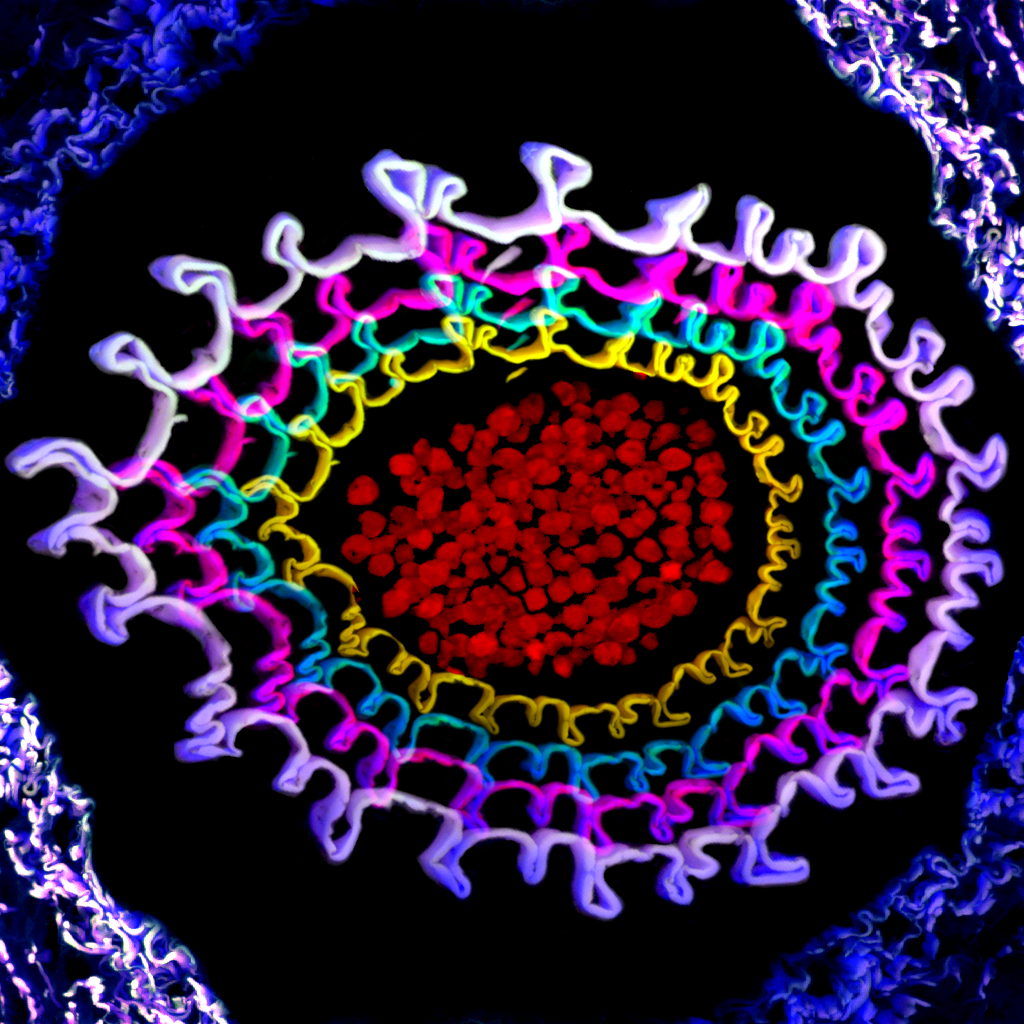
James E. Bowman: Making history in science and society
by Tian Lu James Edward Bowman was born in Washington, D.C. on February 5, 1923. He grew up in a segregated environment which he described saying “there was complete segregation. … One could only go to theaters, movies, restaurants in the black neighborhood.” He graduated with honors from Dunbar High School and earned his bachelor’s degree in Biology from Howard University in 1943. Inspired by … Continue reading James E. Bowman: Making history in science and society








